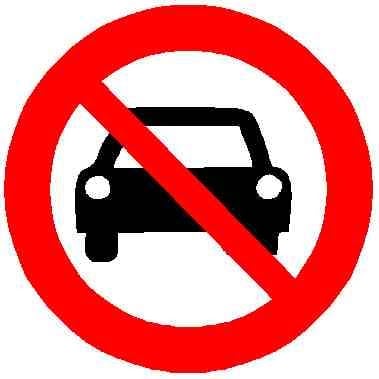It’s been said many times already but cities really need to get their public transit in order so they can fix traffic congestation and improve the lives of their residents but I still have some questions about some ideas I had.
-
How much would it cost for a city to electrify their entire bus fleet? Yes, people taking the bus is still a good thing but a lot buses still run on some fossil fuel.
-
How much would it cost a city with no rail/metro infrastructure to create it from scratch?
-
Approximately $500k-1.1M per bus if you buy from New Flyer. https://www.masstransitmag.com/bus/vehicles/hybrid-hydrogen-electric-vehicles/press-release/21212587/niagara-frontier-transportation-authority-nfta-nfta-approves-electric-bus-purchase-from-new-flyer
-
Depends on where you live. Start from $100M per kilometre.
- If you are in North America, multiply by 3.
- If you have to go through dense city, multiply by 3.
- If you need to build bridges over a river, multiply by 3, or tunnel under a mountain, multiply by 5 for those sections.
- If your city is full of NIMBYs, multiply by the number of groups that would put forward a stupid reason with the aim to kill the project.
-
replacing an existing fleet of diesel transit buses with all EV literally pays for itself in lower maintenance and operating costs, even though the vehicles themselves cost as much as 50% more.
a couple of cost examples: the 15 mile extension (to the southwest burbs) of the LRT line that connects the downtowns of minneapolis and saint paul will end up with a final cost of around $200 million per mile. new underground subway lines/extensions in nyc have been built at costs over $1-2 billion per mile.
I think battery buses require extra road maintenance because they’re so heavy. They’d be required to use truck routes or their roads would have to be updated to handle those weights.
Also EV charging infrastructure is not nothing.
In general, trolleybuses are probably the best electrification method, but people get mad about catenary.
Its also easier to give priority to a trolley because it is on rails and far more predictable.
Two recent examples from Finland, just numbers, you decide if it’s a little or a lot.
When phase 1 of the “Länsimetro” subway extension from Helsinki city center to adjascent area and to the nearby suburbs was completed in 2018, it had cost 1188M€ for a 13.5 km route in challenging terrain, and 8 stations. To the best I could find, phase 2 completed in 2023 with 7.5km more route and 5 more stations, and cost 1070M€. This includes the infrastructure, not the vehicles.
The Tampere tram system (started from scratch) opened in 2021. Phase 1 route length was 15 km and 23 pairs of stops, as well as 10 new bridges and such, and cost 274M€+82M€ for the vehicles. Phase 2 is 95% done and 92% paid for, and currently the 7km, 9 stop(pairs) project is estimated to come to a total of 100M€+39M€ for the vehicles.
https://www.lansimetro.fi/kustannukset/ https://yle.fi/a/3-8727469 https://en.wikipedia.org/wiki/Länsimetro https://www.tampereenratikka.fi/tampereen-ratikka/ratikan-kustannukset/
Regarding 1 - data is hard to find, apparently electric busses are 50-100% more expensive, but with lower operating costs. How much is uncertain. (requires digging into agency reports in languages I don’t understand)
The good thing is that you don’t have to throw good busses away in order to switch. Busses have a relatively short lifespan, about 15 years. They naturally come up for replacement anyway, and then you can buy electric ones instead.


